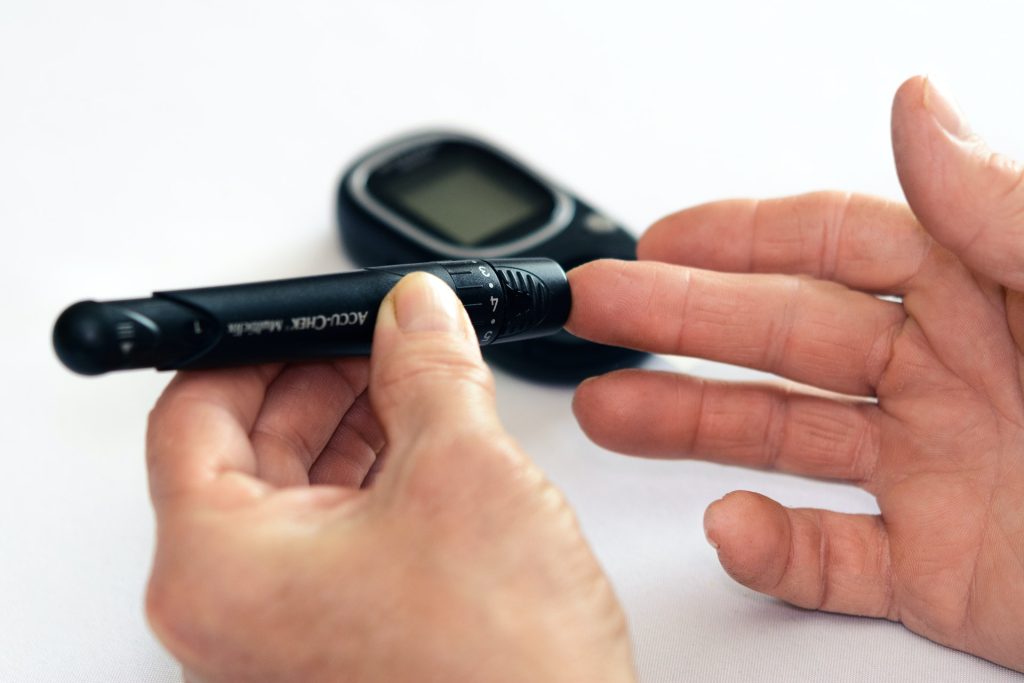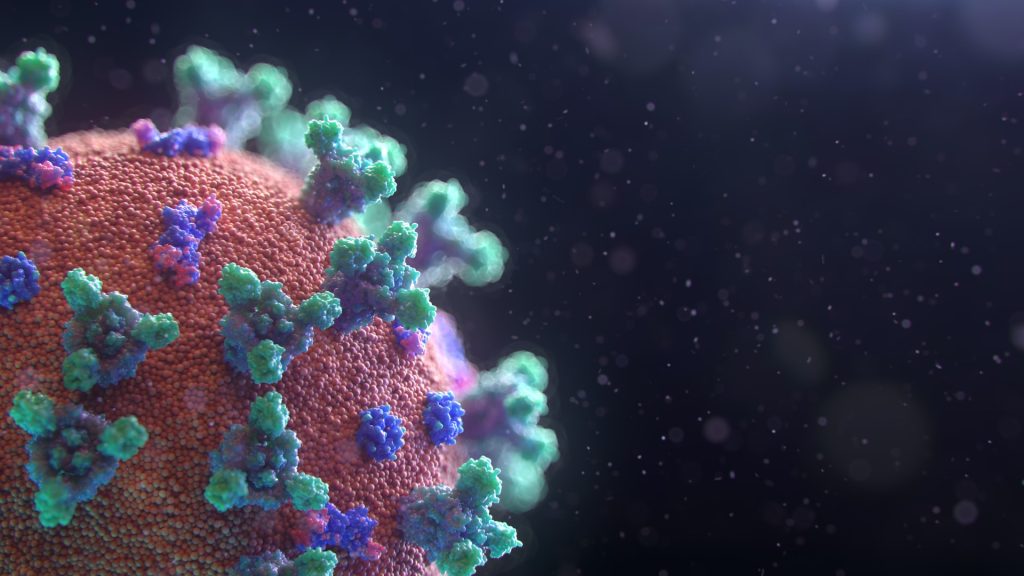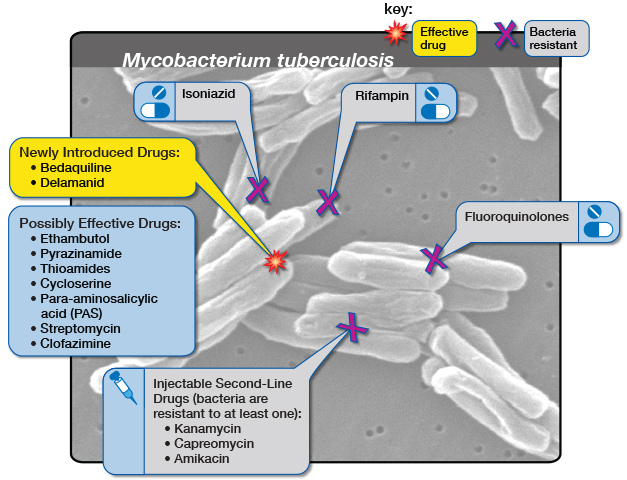Study Shows Intermittent Fasting Effective in Type 2 Diabetes

Time-restricted eating, also known as intermittent fasting, can help people with Type 2 diabetes lose weight and control their blood sugar levels, according to a new study published in JAMA Network Open from researchers at the University of Illinois Chicago.
Participants who ate only during an eight-hour window between noon and 8 pm each day actually lost more weight over six months than participants who were instructed to reduce their calorie intake by 25%. Both groups had similar reductions in long-term blood sugar levels, as measured by a test of haemoglobin A1C, which shows blood sugar levels over the past three months.
The study was conducted at UIC and enrolled 75 participants into three groups: those who followed the time-restricted eating rules, those who reduced calories and a control group. Participants’ weight, waist circumference, blood sugar levels and other health indicators were measured over the course of six months.
Senior author Krista Varady said that participants in the time-restricted eating group had an easier time following the regime than those in the calorie-reducing group. The researchers believe this is partly because patients with diabetes are generally told to cut back on calories by their doctors as a first line of defence, so many of these participants likely had already tried, and struggled with, that form of dieting. And while the participants in the time-restricted eating group were not instructed to reduce their calorie intake, they ended up doing so by eating within a fixed window.
“Our study shows that time-restricted eating might be an effective alternative to traditional dieting for people who can’t do the traditional diet or are burned out on it,” said Varady, a professor of kinesiology and nutrition. “For many people trying to lose weight, counting time is easier than counting calories.”
There were no serious adverse events reported during the six-month study. Occurrences of hypoglycaemia and hyperglycaemia did not differ between the diet groups and control groups.
Just over half the participants in the study were Black and another 40% were Hispanic. This is notable as diabetes is particularly prevalent among those groups, so having studies that document the success of time-restricted eating for them is particularly useful, the researchers said.
The study was small and should be followed up by larger ones, said Varady, who is also a member of the University of Illinois Cancer Center. While it acts as a proof of concept to show that time-restricted eating is safe for those with Type 2 diabetes, Varady said people with diabetes should consult their doctors before starting this sort of diet.
Source: University of Illinois Chicago





